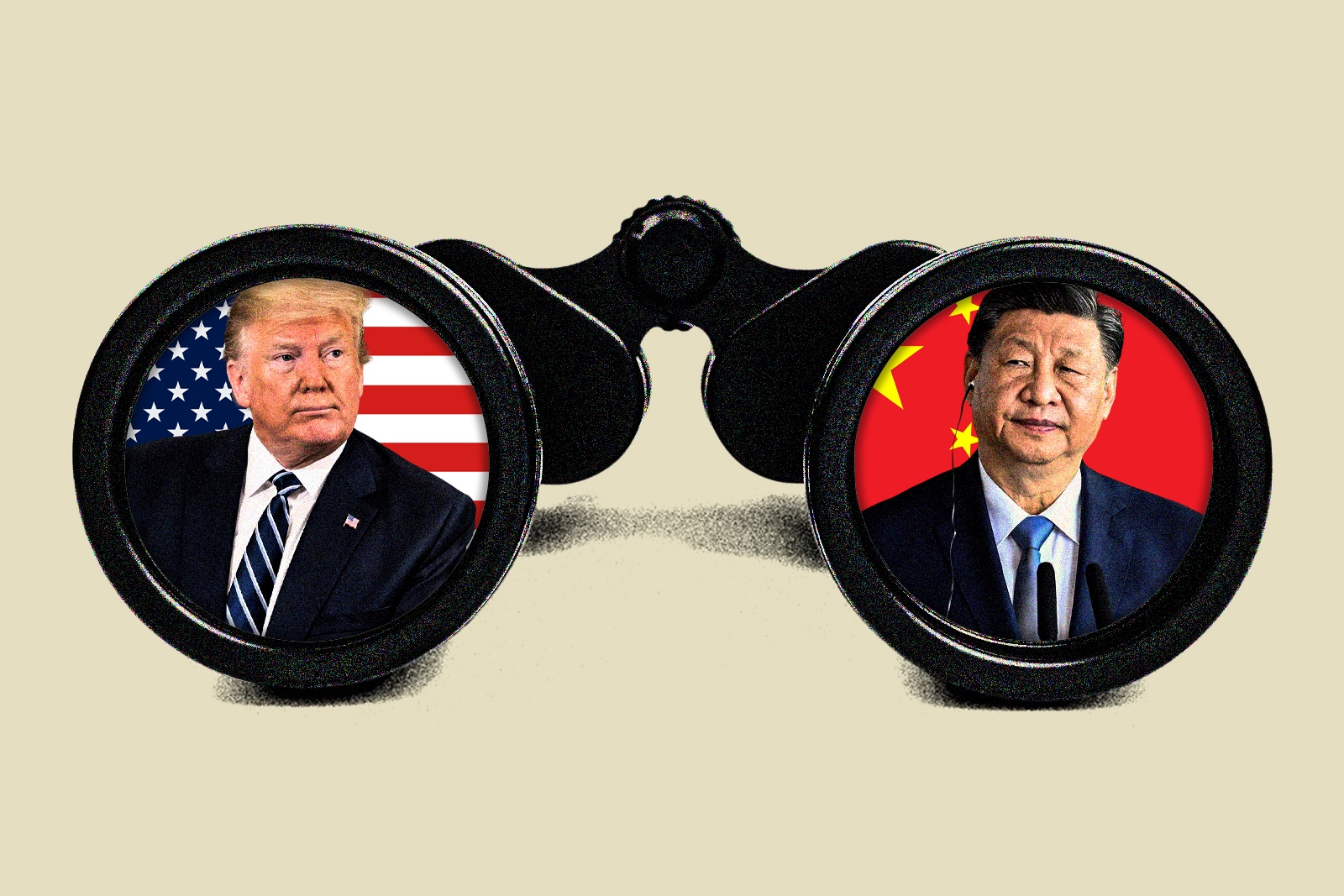
‘Liberation Day’ Tariffs Offer a Strategic Opening for the U.S.
Late last week, Australian Prime Minister Anthony Albanese rejected Beijing’s latest overture: a call for Australia and China to band together against U.S. protectionism. The pitch came as China sought to capitalize on the mounting fallout from President Donald Trump’s “Liberation Day” tariffs, which have introduced volatility into global markets and tested longstanding alliances. Sensing an opportunity to drive a wedge between the Washington and Canberra, Beijing is maneuvering quickly.
But in this moment of global economic dislocation, the United States is presented with its own strategic opportunity—one that could define the next chapter of the international order. By pursuing a free trade zone with democratic allies and economic partners, Washington could reinforce global stability, reinvigorate its leadership role, and check China’s growing influence in critical regions.
What Donald Trump’s “Liberation Day” tariffs were actually designed to achieve remains difficult to pin down. The talking points from administration officials has ranged from punishing foreign cheaters to reshoring American manufacturing and renogiating trade agreements. Yet the incoherence of this multi-pronged mission—coupled with inconsistent guidance on exemptions and implementation—has introduced considerable turbulence into markets. While some see it as a bargaining chip, others view it as a bludgeon. For businesses, investors, and allied nations, it is a source of confusion and concern.
Nowhere has the backlash been more pronounced than in China. In a rapid and sweeping retaliation, Beijing has raised tariffs on U.S. goods to an eye-watering 125%. Washington has responded in kind, pushing its own levies on Chinese imports up to 145%. This tit-for-tat escalation has not merely raised the cost of trade—it has begun to reshape the geopolitical architecture of commerce.
Of greatest concern is Beijing’s attempt to reposition itself as the gravitational center of global trade. China is actively courting U.S. allies, hoping to exploit cracks in transatlantic and transpacific solidarity. In addition to wooing Australia, Beijing has extended similar overtures to several European countries. Though none have accepted the offer, the door has not been fully closed. President Xi Jinping’s recent diplomatic tour of Southeast Asia only reinforces how aggressively China is courting regional and global partners. While China may not be the preferred alternative to U.S. leadership, for smaller nations caught in the crossfire, it is often seen as the only viable option.
The stakes of such realignment are not abstract. There are tangible consequences to a world in which nations increasingly pivot toward Beijing. For decades, China has waged various forms of economic warfare against the United States, including a systematic campaign of intellectual property theft. Estimates vary, but the annual value of stolen American IP is thought to range between $225 billion and $600 billion. Critics may rightly question the precision of these figures, but what is not in dispute is the reality of ongoing violations of American property rights—violations that undermine both U.S. economic strength and national security.
Indeed, the IP being stolen is not limited to commercial innovations. It includes classified or proprietary designs for next-generation fighter jets, missile systems, and other military technologies. This is not simply a trade dispute; it is a national security issue. Reducing exposure to hostile actors, while deepening ties with trusted economic partners, offers a path to long-term security and prosperity. Through robust trade engagement with allied nations, the U.S. can both fortify its supply chains and insulate key sectors from Chinese industrial espionage.
But the stakes rise even higher when military threats are taken into account. Since its founding, the People’s Republic of China has regarded Taiwan as a breakaway province. That Taiwan has never been governed by the PRC has not tempered Beijing’s rhetoric or military posturing. Today, Taiwan plays an irreplaceable role in the global economy, producing more than 90% of the world’s most advanced semiconductors. These chips are essential not only to smartphones and electric vehicles, but also to satellites, weapons systems, and national security infrastructure across the West.
Diversifying chip manufacturing is an urgent goal—but it will take time. In the interim, the security of Taiwan is the security of the world’s digital backbone. To deter Beijing from making a move, the West must signal clearly that the costs of aggression will be unbearably high—economically, diplomatically, and militarily.
That signal must come not just through defense pacts and rhetoric, but through economic alignment. Countries like India, Vietnam, and Japan—each with complex and often adversarial histories with China—represent critical opportunities for engagement. Trade agreements with these nations would not only boost U.S. economic interests but would also help encircle China with a web of stronger, U.S.-aligned relationships. In effect, economic ties would become the scaffolding of deterrence.
Such a realignment also serves a preventative purpose. Part of what makes a Chinese invasion of Taiwan plausible is Beijing’s concerted effort to decouple from U.S.-centered economic systems. The less China depends on American demand, the more it can absorb the economic consequences of geopolitical adventurism. But if its regional neighbors are more intertwined with the U.S. than with China, the PRC’s margin for action shrinks. It would face not only military risk but economic isolation.
Despite the volatility caused by Donald Trump’s tariffs, the United States has a rare opening. In the wake of these global tremors, over 70 countries have reached out to Washington to discuss reducing trade barriers, according to administration officials. That surge of interest underscores one thing: the world still sees the U.S. as an indispensable partner. But leadership must be seized—it is not a given. The U.S. must act now, not simply to stabilize its economy, but to shape the world order on its terms.
Closer economic ties with allies are no longer just about free markets and GDP growth. They are about building a bulwark—an economic alliance that counters authoritarian ambition, bolsters global resilience, and reaffirms the values that underpin the liberal international order.
